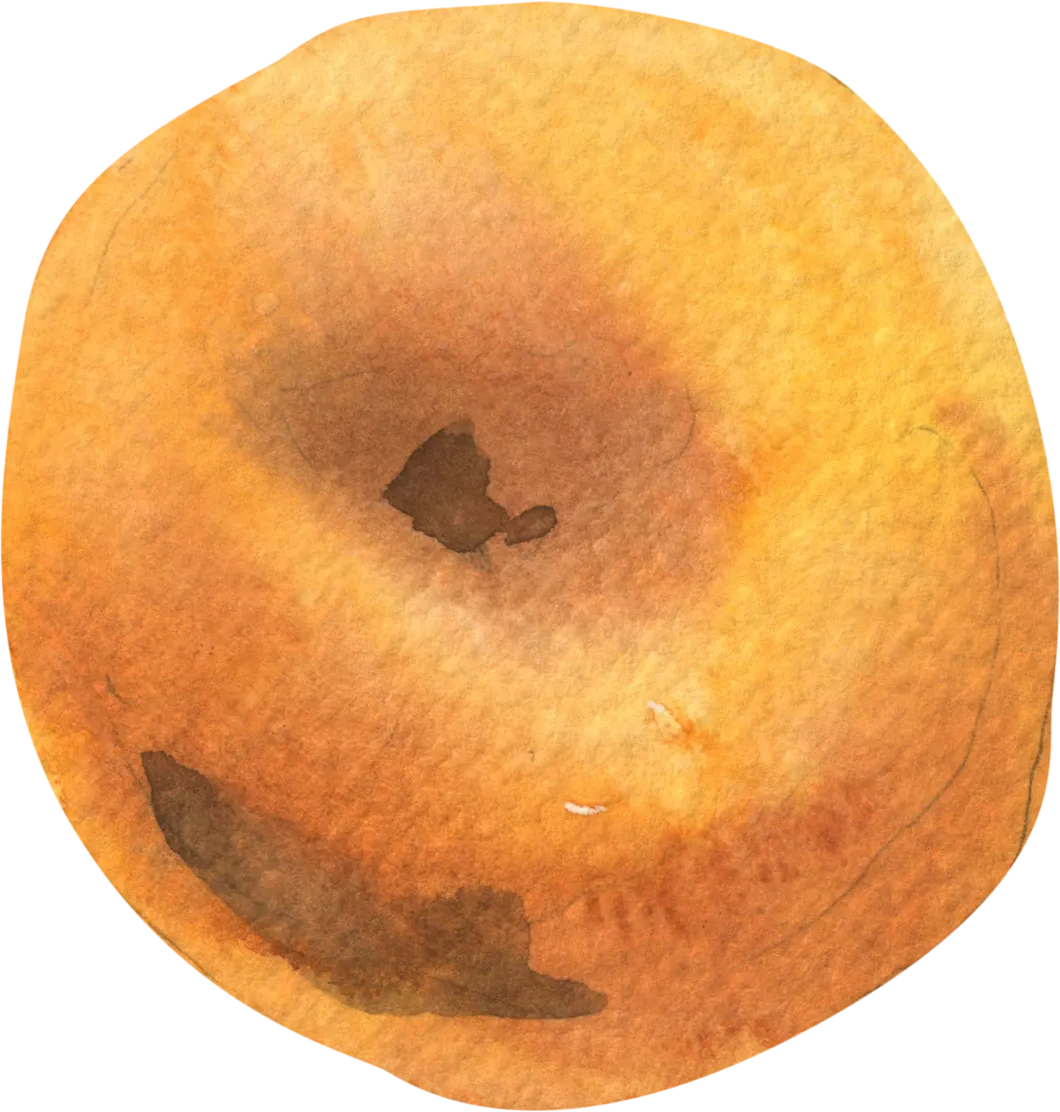The Health Benefits of Rhubarb: A Unique and Nutritious Spring Vegetable
Introduction
Rhubarb is a vibrant vegetable often mistaken for fruit due to its use in sweet dishes. Known for its tart flavor and striking red stalks, rhubarb is typically paired with sugar and used in pies, jams, and sauces. Beyond its culinary appeal, rhubarb is packed with essential nutrients, making it a nutrient-dense addition to any meal.
Health Benefits of Rhubarb
- Supports Bone Health
Rhubarb is an excellent source of vitamin K, which plays a crucial role in bone health by supporting calcium absorption. Vitamin K helps maintain bone density and may reduce the risk of fractures and osteoporosis.
- Rich in Antioxidants
Rhubarb contains antioxidants like anthocyanins and vitamin C, which help protect the body from oxidative stress. These antioxidants work to neutralize free radicals, reduce inflammation, and lower the risk of chronic diseases.
- Supports Digestive Health
Rhubarb is rich in dietary fiber, which promotes healthy digestion by supporting regular bowel movements. Fiber-rich vegetables like rhubarb also help reduce bloating and support gut health by feeding beneficial bacteria.
- Promotes Heart Health
The fiber, potassium, and antioxidants found in rhubarb support heart health by helping to lower cholesterol levels and regulate blood pressure. The potassium in rhubarb aids in maintaining proper blood pressure, reducing the risk of cardiovascular disease.
- Aids in Weight Management
Rhubarb is low in calories and high in fiber, making it a filling yet light food that supports weight management. Its fiber content promotes feelings of fullness, which can help reduce overeating and snacking on less nutritious foods.
Creative Ways to Enjoy Rhubarb
Rhubarb’s tart flavor can be enjoyed in both sweet and savory recipes:
- In Pies and Crisps: Use rhubarb in classic desserts like pies or crisps, often paired with strawberries for a naturally sweet and tart combination.
- In Jams: Cook rhubarb with a bit of sugar to make homemade jam, which can be enjoyed on toast or yogurt.
- In Sauces: Make a tangy rhubarb sauce to serve with roasted meats or poultry for a unique flavor contrast.
- In Smoothies: Add rhubarb to smoothies for a tart twist and a boost of fiber.
- In Salads: Use thinly sliced raw rhubarb in salads for a crunchy, refreshing element that pairs well with sweet fruits and vinaigrettes.
Conclusion
Rhubarb is more than just a dessert ingredient—it’s a nutrient-dense vegetable that offers a variety of health benefits. From supporting bone and heart health to promoting digestion and aiding in weight management, rhubarb is a versatile and delicious addition to any diet. Whether used in pies, sauces, or smoothies, rhubarb is a unique way to enhance your meals while boosting your overall wellness.
FAQs About Rhubarb
- Is rhubarb good for weight loss?
Yes, rhubarb is low in calories and high in fiber, making it a filling and nutritious option that supports weight management.
- How should I store rhubarb?
Store fresh rhubarb in the refrigerator, wrapped in a damp cloth or in a plastic bag, where it will stay fresh for up to a week.
- Does rhubarb lose nutrients when cooked?
Rhubarb retains most of its nutrients when lightly cooked. However, boiling it for extended periods may reduce its vitamin C content.
- Is rhubarb AIP diet compliant?
Yes, rhubarb is compliant with the AIP diet and can be safely consumed by those following the autoimmune protocol.
- Is rhubarb Low-FODMAP?
Yes, rhubarb is considered Low-FODMAP and is safe for individuals with digestive sensitivities.
- Is rhubarb Low Histamine?
Rhubarb is generally considered low in histamine and is well-tolerated by individuals with histamine intolerance.
- Is rhubarb Keto-friendly?
Rhubarb is relatively low in carbohydrates and can be enjoyed in moderation on a keto diet, particularly in low-sugar recipes.
Recipes
Check out our meal planning service by following these recipes:
Chicken Thigh with Rhubarb Sauce









